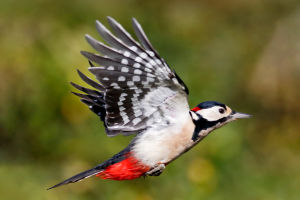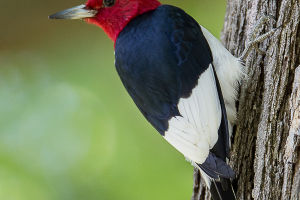Researchers have documented the facial expressions of hundreds of cats and found that they are not as solitary as previously believed.
Many have considered cats largely antisocial animals, but there's much more to it that we haven't understood.
A new study suggests that cats can communicate with hundreds of facial expressions.
Over a year, researchers recorded a total of 276 different facial expressions used within a community of 50 cats in a Los Angeles cat café, which are likely to have evolved gradually during their interactions with humans.
According to a study published on October 18 in the journal Behavioral Processes, these feline expressions range from playful to aggressive and everything in between.
This marks one of the first in-depth studies of communication methods beyond the obvious purring and meowing in felines.
According to a statement, the facial expressions of chimpanzees and humans have been well-studied, with humans having 44 facial expressions and chimpanzees having 357.
However, research on cat expressions has been scarce.
Brittany Florkiewicz, assistant professor of psychology at Lyon College in Arkansas and co-author of the study, said, "There's very little literature, and much of it focuses on the domestication of cats over the past 10,000 years." "At the cat café, we observed spontaneous interactions among cats and documented their facial expressions."
According to this research, each expression combines around four actions out of 26 unique facial movements, including parting lips, dilating or constricting pupils, blinking, curling mouth corners, licking nose, and various ear positions.
Researchers noticed that two kittens quickly escalated from playfulness to confrontation in one interaction, with one suddenly crouching, hissing at another littermate, and darting away.
Florkiewicz said, "Seeing them go from playing around to a heated scuffle was surprising." "You could see their facial expressions change. Initially, one cat had more relaxed eyes, with ears and whiskers forward, mirroring the other cat's movements. But then things escalated, and it pulled its ears and whiskers back—it quickly changed its demeanor."
After reviewing their recordings, researchers concluded that more expressions among felines were friendly (45%) rather than aggressive (37%). Additionally, according to this study, 18% were ambiguous or fell into both categories.
Researchers also found that many facial expressions, including what they termed as "common play face"—pulling back the corners of the mouth, opening the jaw to form a smile—were similar across many species, including humans, dogs, and monkeys.
More research is needed to determine what cats say' to each other precisely. However, researchers hope this study will shed light on the various expressions exhibited by a species often referred to as solitary, as stated in the release.
Florkiewicz said, "We hope that animal shelters and humane societies can use our research to assess better the cats they care for." "We've also had some companies reach out to us, hoping to design an app for people to record their cats' facial expressions."


